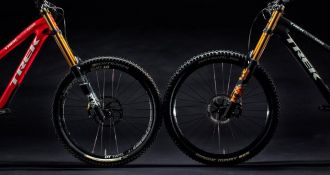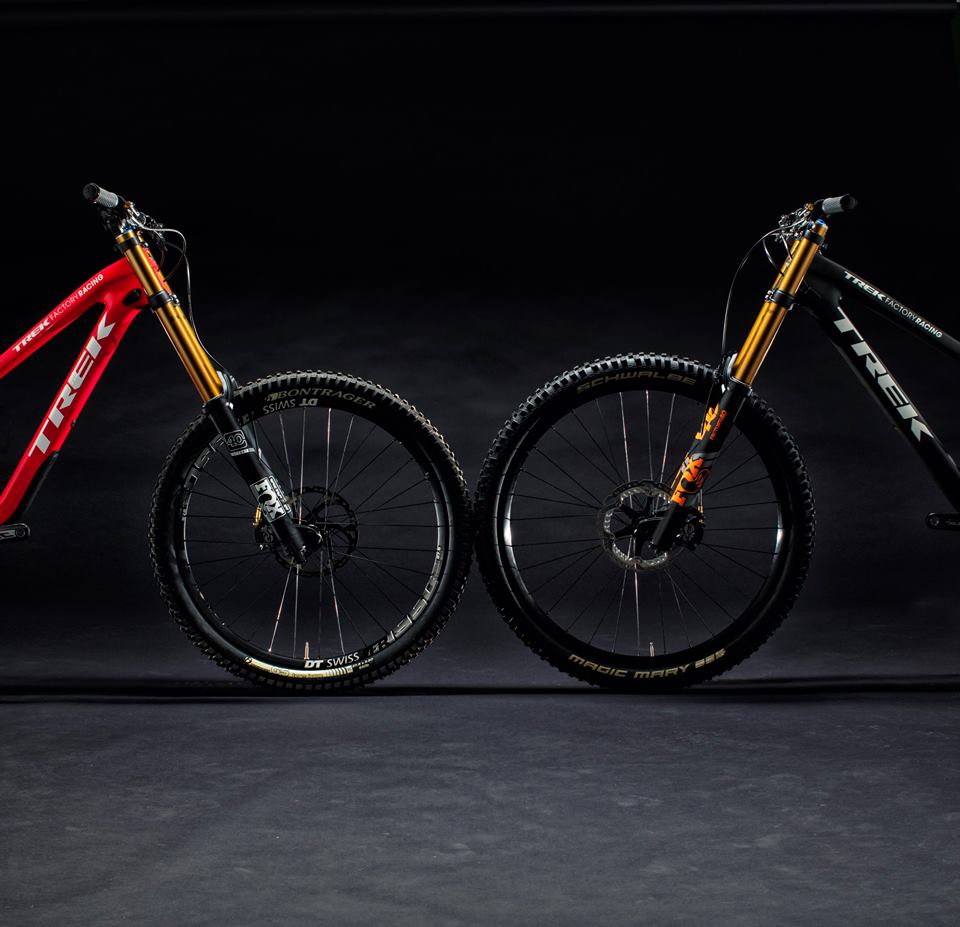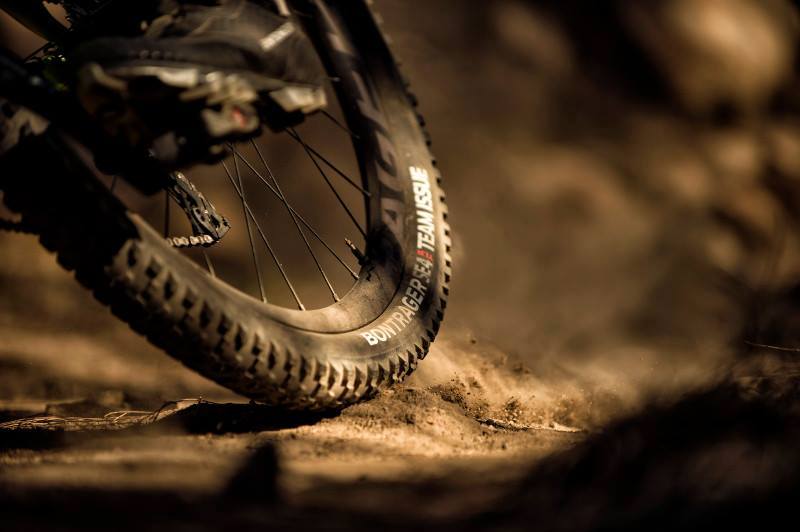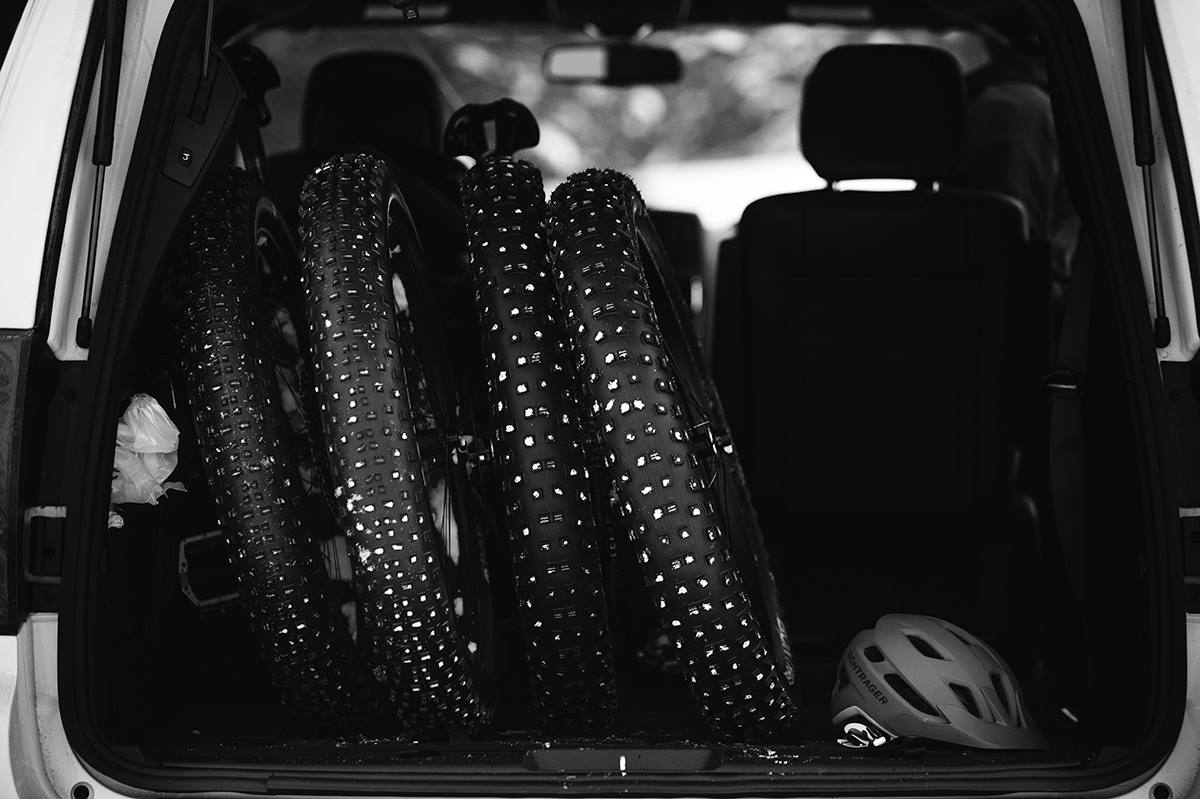

Mountain bike wheels and tyres explained
A newcomer to the sport of cycling would be forgiven for complaining that it is fiercely overcomplicated. Just one visit to our website can cause confusion over where on earth to begin your search for a new bike thanks to the abundance of discipline and design. One of the more perplexing things about mountain bikes is the wheel and tyre choice you have to make. To help you make the right decisions, here is our one-stop guide to MTB wheels and tyres.
For a long time, 26in wheels were the standard in mountain biking. With a small diameter and shorter spokes, this size is light, responsive, stiff and strong in the simplest sense of the world. It was a favourite among downhill racers but has gone out of fashion on the MTB circuit due to the somewhat sluggish feel on rough terrain in comparison to newer and bigger wheels. We’re going to put the focus on these modern alternatives.

650b/27.5in
Technically closer to 27 than 27.5 inches, 650b wheels roll better over uneven ground than 26in wheels. Admittedly, this size is not as fast or smooth as the 29er, but with less flex in handling than the larger format, 650b wheels tend to be more balanced and responsive while also being small enough to be at home in long travel suspension frames without any difficulty. Perfectly suited to trail and enduro, 650b seems to be where all the innovation is at by virtue of their all-rounder nature, focussing on agility, smoothness and a versatile all-mountain ability.
29er
Though generally heavier and harder to get moving, 29 inch wheels, or 29ers, are significantly smoother over rough terrain, rocks and roots, hitting at a shallower angle and with more momentum. This means that the bike will be able to power through sketchy sections with comparative ease with a minor sacrifice where handling and acceleration are concerned. There was some speculation for a time as to the longevity of this larger wheel format, but cross-country racers are definitely going to want to hold on simply because 29ers tend to be faster, more smooth, and with better grip and stability on the rough stuff.

Choosing tyres
A good MTB tyre will provide low rolling resistance, plenty of grip and just enough cushioning to sustain your enjoyment without compromising momentum. Width is a key consideration when it comes to feel and performance in a tyre. Essentially, wider tyres improve stability particularly in the corners, while the greater surface area improves grip and traction. Bear in mind, though, that the wider the tyre, the smaller the clearance between tyre and frame, which is likely to encourage a more generous collection of mud.
As for what to choose for different types of riding, cross-country is better suited to narrower tyres (1.8-2.2inches) which are faster rolling and have smoother or smaller knobs on the surface. Keen XC riders can choose between lower profile options for muddy conditions, or the opposite for increased traction on dusty terrain.
Those of you focussing on trail and enduro will naturally be after more grip and durability, so wider profiles will take preference. These tend to be better for handling the more extreme corners and switchbacks you’ll be ripping through. You’ll want to look out for good sidewall protection to combat punctures, or better still, tubeless tyres which are typically more puncture resistant.
Hopefully, you should now be well equipped with the information necessary to kit yourself out for an epic MTB season. Have a look on our online store, and don’t forget that our in-store team are on hand to answer any further questions you might have.